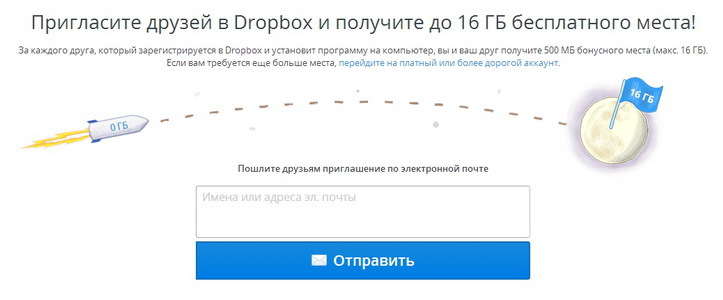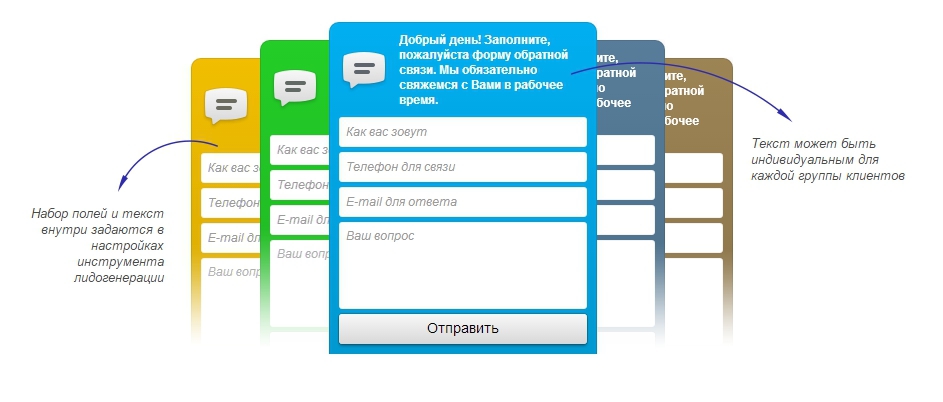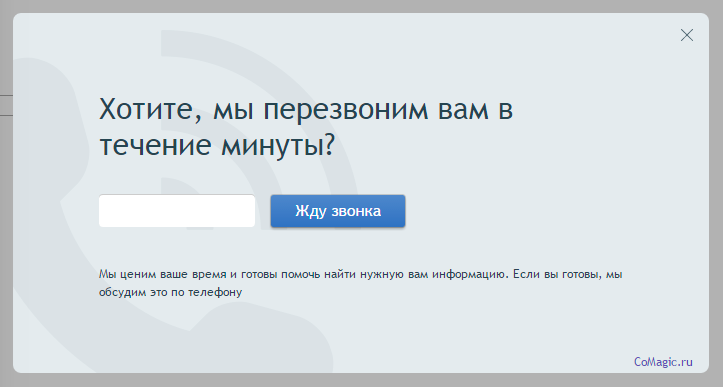Growth hacking: maximum conversion, minimum effort

The Internet has completely changed our lives, ranging from ways of buying clothes and shoes, ending with chatting with friends on social networks. In a relatively short time, many startups have emerged that have turned into multibillion-dollar giants such as Facebook, Twitter, PayPal, and many others. Every second person knows about these companies, since he uses their services and, perhaps, no longer represents his life without an account on VKontakte or the possibility of making payments through PayPal.
How did these companies manage to win customers so quickly and, most importantly, retain them? One of the key factors is competent and effective marketing.
Let's try to figure out what methods helped them to reach the current level. When working with a startup, especially in the field of Internet commerce, traditional marketing methods are not as effective. Why? Firstly, because of the high cost. Agree that not everyone will have extra funds to pay for the work of a marketer, various advertising and so on. Often, such investments do not bring the expected result, and the company, despite the efforts made, goes into oblivion. Secondly, traditional marketing methods are not always suitable for online commerce. To attract new customers, we had to develop new ideas and tactics - this is how growth hacking appeared.
')
Growth hacking is a marketing technique designed to develop startups, which involves the use of analytical thinking, creativity, statistical research and programming methods. Growth hackers are people who can achieve significant results in attracting customers, while having a limited advertising budget, using unobvious features and functions of popular online resources, or non-standardly promoting the product offline. Growth hacker can write a script, conduct A / B testing, and integrate with external services APIs. In general, Growth hacking is an innovative budget alternative to traditional marketing. “Growth first, budgets second” (“First of all, growth, and then the budget”) - this is the basic principle of Growth hacking.
By the way, the term itself proposed Sean Ellis in 2010. Sean has helped many Internet companies achieve incredible growth. Often he worked with companies in exchange for shares, and when they achieved success, he also received income from dividends. When it came time to find a replacement, Sean noticed that most marketers, having come to the company, are making marketing strategies, investing huge budgets in advertising or changing the tactics of managing a team of marketers, which is absolutely not necessary for a young developing company. The main goal of a startup is rapid growth. So he came to the idea that you need to look for a person who can come up with individual tactics for the company, which will ensure an influx of customers and, ultimately, bring profit. He described this idea in his blog titled “Find a Growth Hacker for Your Startup” (“Find a growth hacker for your startup”).
Growth hacker is not a replacement for the marketer, and he is no better than him; he is just a specialist of another kind. He must have the following qualities: analytical thinking, creativity, understanding of the motivation and psychology of people, perseverance and determination. In addition, he must feel the change in trends and foresee future trends. And finally, such a specialist has a certain level of technical knowledge. All Growth hacker's strategies, tactics and ideas are aimed at a single goal - growth. Strong Growth hackers can be called those experts who can act and generate new ideas to promote the product, based on the current market situation. They can use such techniques as:
- use of interactive videos,
- promotion of the product through the torrent,
- inclusion of product descriptions in various forums, blogs,
- promotion of one service through another,
- cross-domains and / or the proposal of certain parts of the application for a fee,
- promotion through crowdsourcing or crowdfunding,
- and many other ideas.
One of the common Growth hacking methods is A / B testing. The bottom line is that the control group of elements is compared with a set of test groups in which one or several indicators have been changed. Thus, it is possible to find out which of the changes improve the target indicator. An example is the study of the influence of the color scheme, the location and size of interface elements on the conversion site.
We turn to the most interesting: live examples of Growth hacking. On the Internet you can find many examples, we consider the "classic".
- Dropbox. Invited a friend - got 16 GB more disk space. Easy, simple, and most importantly, effective. Today, this technology to attract users through invitations is used very actively.

- Paypal. $ 10 will get you and another $ 5 - the friend you bring. Millions of users could not resist such a proposal.
- The integration of Airbnb into Craigslist has helped the resource to attract a multitude of new customers.
- YouTube allowed its customers to embed their player on third-party resources, which was used by visitors to MySpace, Facebook and Vkontakte.
- Twitter. Strategy developers have identified the so-called "aha moment." They believe that if a user "folds" 5-10 people on the first day of acquaintance with the site, the likelihood that he will use it regularly increases many times.
- Hotmail. With the help of a simple phrase: “This letter was sent with the help of Hotmail, get yourself Hotmail, right now” managed to attract 12 million users in a year and a half (or it was 1996).
Everything sounds great, you only need to come up with an idea that will ensure the rapid growth of the company. And what if there is no such idea? In this case, we advise you to use already thought-out innovative technologies, such as, for example, call tracking or lead generation . That it, we will talk now.
The ultimate goal of these tools is to ensure maximum conversion. Every user who visits the site must perform a targeted action. It would be good to know where he came from, and if he leaves the site, for what reason.
The first problem is solved by call tracking. This technology allows you to link incoming calls with the source of advertising. It tracks the number of calls from different sources - search engines, contextual advertising and any kind of offline advertising. There are two types of call tracking: static and dynamic .
- Static Call Tracking: a separate number is allocated for each advertising campaign, each of them can be redirected to the main company number. As soon as the visitor enters the site, call tracking determines which source he came from and shows him the corresponding number on the site. Number substitution occurs automatically.
- Dynamic Call Tracking allows you to determine the source of the transition down to the keyword. To do this, a certain number of rooms is allocated for the site, which is calculated depending on the attendance of the site and the number of advertising campaigns. Each site visitor is shown an individual number, so that later his visit can be associated with a specific request.

What results does the company get in the end?
- On average, conversion is doubled.
- The advertising budget is reduced by at least 20% (since the funds are redistributed depending on the effectiveness of advertising).
- The service allows to classify calls into high-quality and low-quality (repetitions, erroneous, etc.), as well as analyze the quality of processing incoming calls (including by recording calls).
Thus, call tracking - as one of the Growth hacking mechanisms - will effectively work to increase conversion and growth of the company as a whole.
The second question remains: how to keep the visitor on the site, if he is ready to leave him for one reason or another, and if he still leaves, how to identify the reason? Most often, visitors visit the site after hours: in the evening or on weekends. Lead generator will help not to lose the contact of the potential client in this case. This is an invitation to the client to leave their contact details so that the company manager will contact him during business hours. According to the CoMagic study (analytical service to increase sales), the use of a lead generator is 3.5 times more efficient than a regular feedback form. Consequently, the company receives an increase of up to 350% of requests and requests from visitors.

If the site visitor leaves without having performed the desired action, there is a form of the final banner:

This is something like the last attempt to keep the visitor's attention and endear him. Simple, but quite effective service.
We can add that services such as an online consultant and a call from the site will also help to attract a potential client. A small questionnaire will help you to find out the reasons why a visitor decided to leave the page without making a request or purchase.
The most important thing is not to overdo it: you should not randomly shower a site visitor with all possible forms that also pop up immediately after closing. Such sites cause only irritation. The use of the above services requires a well-thought-out plan and identification of the target audience. Growth hacker, using cleverly call tracking and lead generator, will be able to achieve significant growth in conversion rates and profits with minimal cost.
In the future, according to Sean Ellis, the Growth hacker will cease to be a lonely wolf, it will be replaced by the Growth teams. They will play a significant role in the development of startups, whose activities are mostly related to the Internet.
Finally we list additional sources of information about Growth hacking, so that you can delve into the topic:
http://growthhacks.ru
https://growthhackers.com/
http://www.startup-marketing.com/where-are-all-the-growth-hackers/
Source: https://habr.com/ru/post/290586/
All Articles